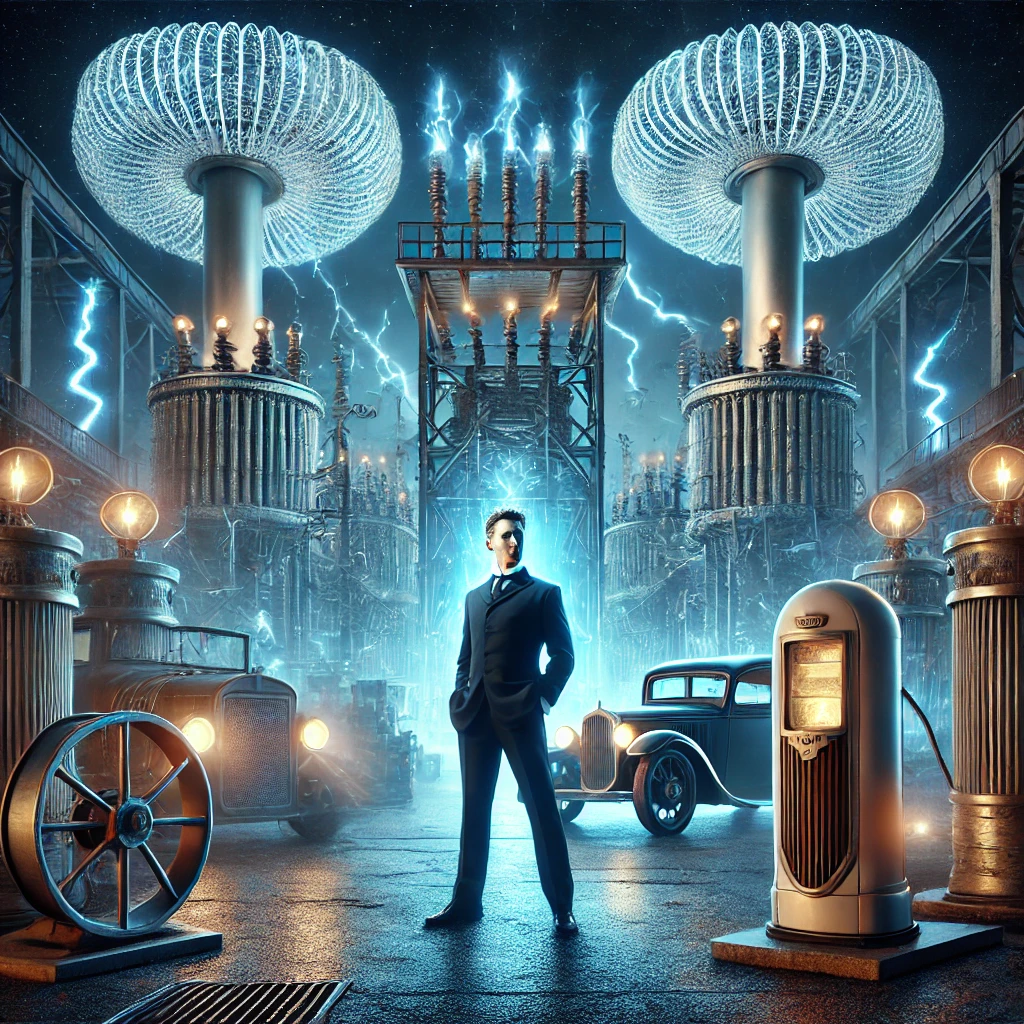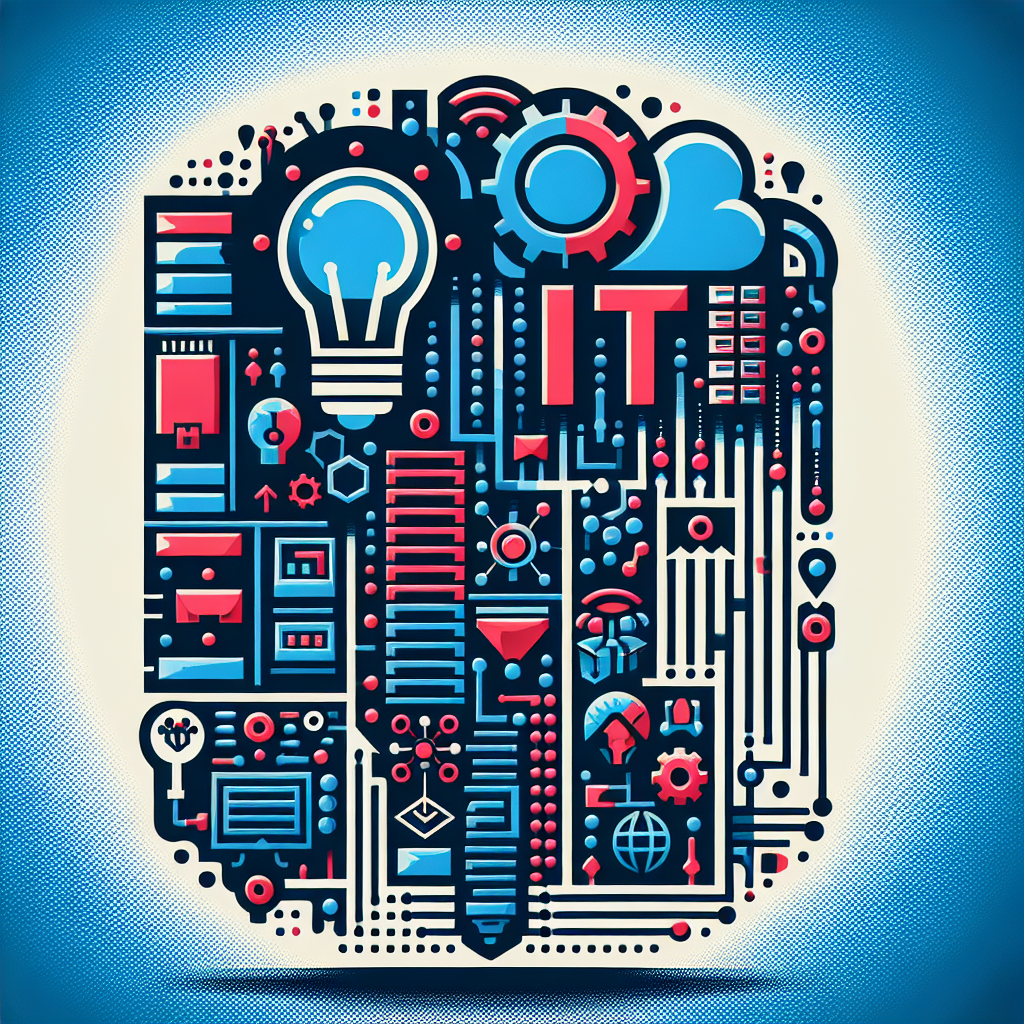Few individuals in the history of science and technology have remained as prominent and inspiring — not only within scientific and engineering communities but also among the general public — as Nikola Tesla.
His inventions reshaped the world, laying the foundations for the Second, Third, and even the Fourth Industrial Revolution, as we will explore and demonstrate throughout this series of posts. And we will do so by remaining faithful to Tesla’s own spirit and working methods, free of mystification and sensation.
His versatility, erudition, broad education, and unique personality made him intriguing not only to his contemporaries but also to generations that followed. More than 80 years after his death, Tesla remains relevant and captivating.
Unfortunately, such widespread fame also gave rise to numerous unfounded interpretations, fabricated quotes, and speculative theories that, especially with the rise of social media — and YouTube in particular — have reached epidemic proportions.
🛠️ The goal of this post is clear:
To rehabilitate Nikola Tesla as a scientist and engineer.
Because despite his ventures into other areas of human thought, that is what he fundamentally was — and remained.
In his autobiography, “My Inventions,” Tesla recalls that from early childhood, he was forced to reflect deeply on himself. What at first seemed like misfortune turned out to be a blessing — teaching him the immense value of self-observation, both for survival and for achieving success.
Tesla firmly believed that stimulants such as alcohol, tobacco, coffee, and tea were harmful — even if they seemed necessary to cope with modern life. His strict self-discipline and moderation were essential for maintaining his mental and physical youthfulness, which in turn made his immense and dedicated work possible.
For Tesla, inventing was ultimately about preserving life — whether by taming natural forces, perfecting machines, or improving comfort and quality of life — all of which contributed to the safety of human existence.
This view reveals Tesla’s deeply humanistic approach to science and technology, grounded in the belief that human life is the highest value.
From a very young age, Tesla developed an extraordinary talent for visualization.
He was able to fully imagine complex machines and devices in his mind, designing and refining them mentally — from the initial concept to the smallest structural detail — without the need for models, drawings, or experiments in the early stages.
This method remarkably resembles today’s digital simulations in cyberspace, using modern computers and advanced software.
But Tesla didn’t have computers. He had his mind — a mind honed by years of education, technical training, and hands-on experience.
🧠 Conclusion to this opening chapter:
We have only just scratched the surface of the story of a man who laid the foundations of modern civilization —
from polyphase AC systems and induction motors to wireless communication and remote control.
All this — and more — will be explored in the upcoming posts here on MilovanInnovation.


Leave a Reply